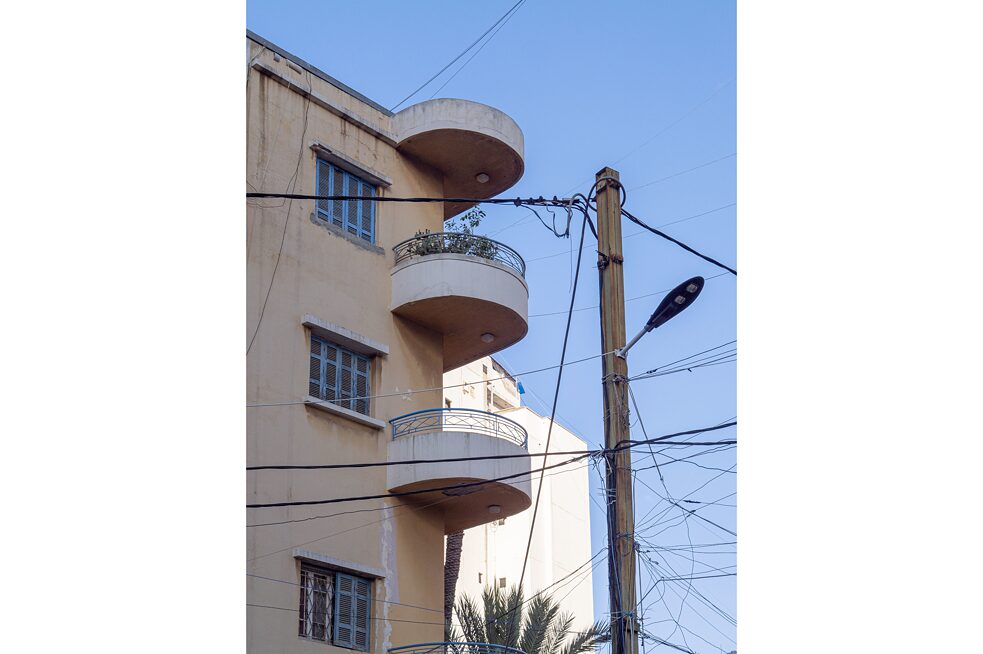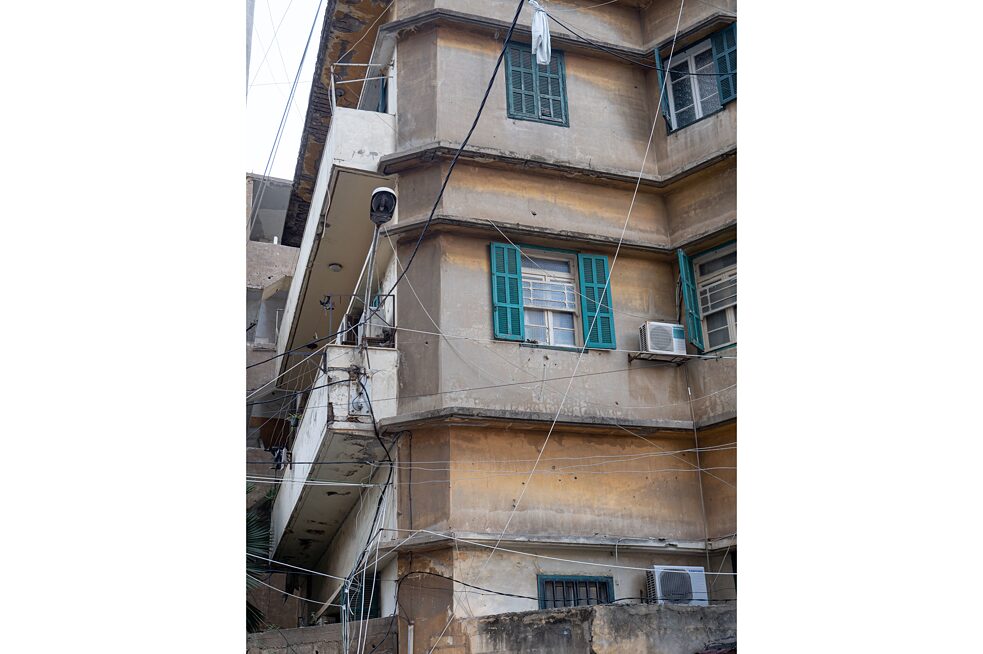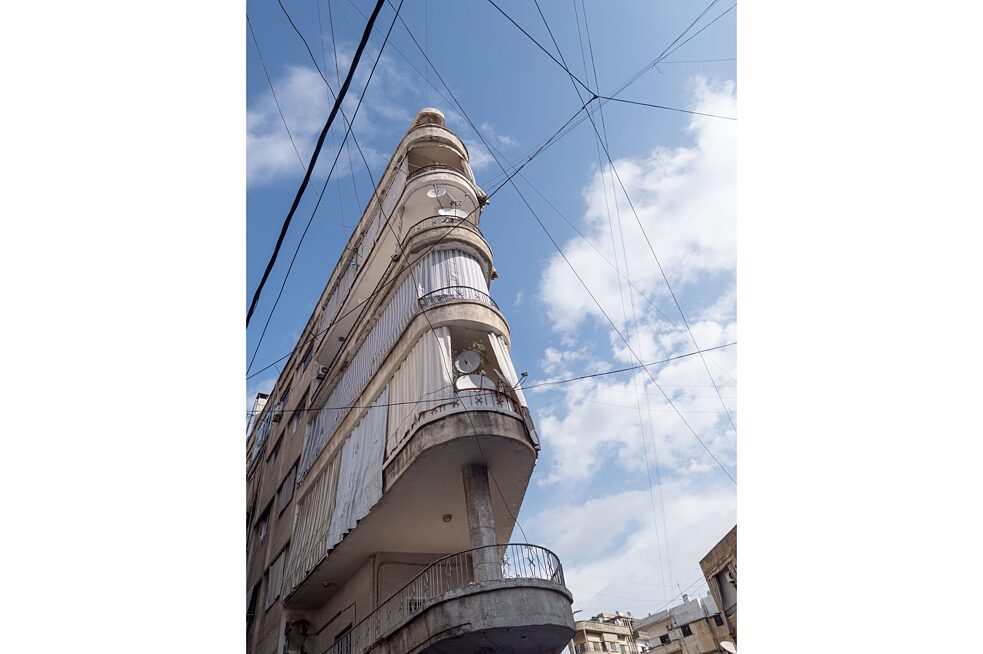Preserving the modernist heritage of the 1930s and 40s in Beirut
The project of the Centre for Documentary Architecture is dedicated to documenting the modern architecture of the 1930s and 40s in Beirut. The aim is to document the remaining buildings of international modernism and the efforts to preserve them. Scattered throughout the city of Beirut, these architectures have been subjected to decades of war, destruction and neglect since their construction. In addition, the blast wave from the massive explosion in the port of Beirut in 2020, which killed more than 135 people and injured more than 5,000, destroyed many unique structures in adjacent residential neighbourhoods that were already in a precarious state.
-
 © Anna Luise Schubert, Centre for Documentary Architecture
© Anna Luise Schubert, Centre for Documentary Architecture
-
 © Anna Luise Schubert, Centre for Documentary Architecture
© Anna Luise Schubert, Centre for Documentary Architecture
-
 © Anna Luise Schubert, Centre for Documentary Architecture
© Anna Luise Schubert, Centre for Documentary Architecture
-
 © Anna Luise Schubert, Centre for Documentary Architecture
© Anna Luise Schubert, Centre for Documentary Architecture
The Centre for Documentary Architecture invited Beirut photographers, visual artists and architectural scholars from different generations to reflect on and document their own perspectives on the threatened cultural heritage. In close cooperation with the Arab Center for Architecture (ACA), which has been dedicated to the history and preservation of Arab architecture since its founding in 2008, the photographed architectures will be embedded in the socio-political context of their history of creation, construction and use through historical documents and photographs. The collected photographs and research are presented in an exhibition that shows the history of these architectures - their architects, their builders and particular features of their materiality and design - as well as their afterlife and transformations under various geopolitical conflicts and movements until today. In addition to preparing the first comprehensive collection and cataloguing of these buildings through the artistic approach of photography, this project will also document the work that activists and experts have done both recently and in decades of effort to protect these modernist architectures as cultural heritage.
A central approach is to view architecture as documents that, in their materiality and the way they are preserved, also shed light on political, economic and social issues. The focus on buildings from the 1930s and 40s is ultimately intended to highlight the forgotten history of international modernism in the region and to show regionally closely networked connections between architects, builders, traders and migration movements. The project promotes the exchange of knowledge, working methods and interests across regional borders and contributes to a new understanding of the historical and cultural significance of this architecture.